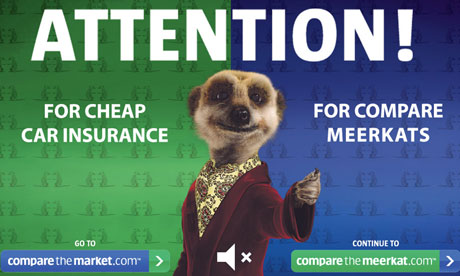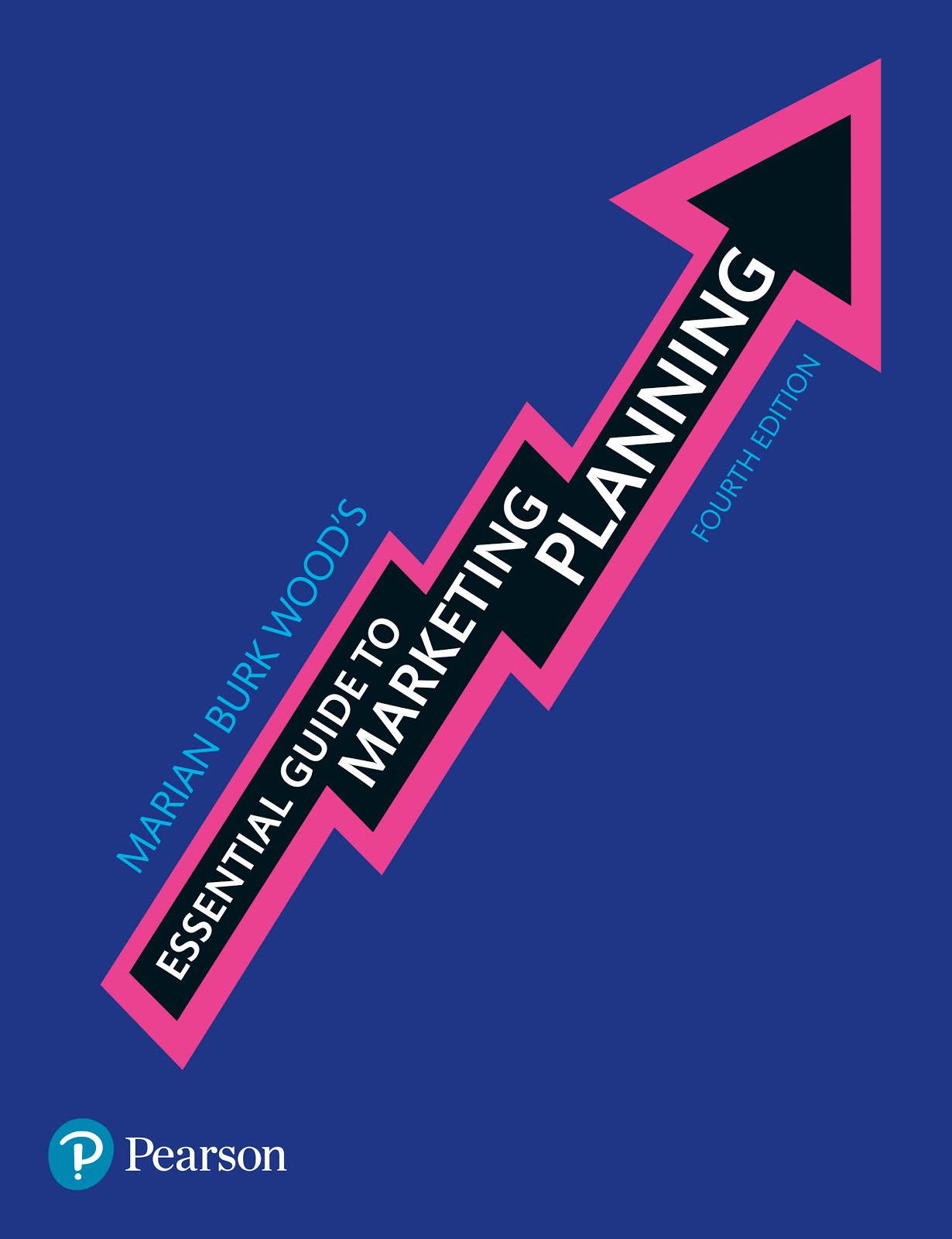Ripped from the pages of Italy's Oggi magazine, this ad shows how deceptively simple and straightforward an ad message can be--and how effective.
All the message has to do is show the featured items (clothing), list the prices, name the store, and show the URL. This is not rocket science--it's the art and science of advertising.
Note the subtle art direction, which guides the viewer's eyes down the listing of apparel items, continuing down to see the child's outfit and to the bottom of the ad, where the marketer's name and strapline are located.
Piazza Italia likes to mix English and Italian in its ads and catalogs, adding a nice international touch that appeals to the target audience.
In this era of flashy adverts, when products may not even be shown and brands may be represented by logos only, simpler ads can actually stand out and be successful in attracting attention and stimulating customer response. Isn't that the bottom line for an ad message?
Good advertising, well planned and implemented, gets my vote.
Tuesday 28 December 2010
Monday 27 December 2010
Being green isn't easy: 2011 preview
A few months ago, the Lincolnshire County Council took Sainsbury's to court, charging it with "excessive packaging" of a joint of beef. Then the Council abruptly dropped the case, saying it was "no longer in the public interest" since the grocery chain had reduced its packaging.
Excess packaging is only one of the eco-issues that marketers will be facing in 2011. Others include:
Excess packaging is only one of the eco-issues that marketers will be facing in 2011. Others include:
- Who's watching? Customers will be more impressed by claims verified by independent groups. Kimberly-Clark's Kleenex tissues, for example, have met Forest Stewardship Council certification standards.
- Be ambitious. Small changes won't be enough as competitors jump on the green bandwagon. Unilever has aggressive goals for going green--a risk if it can't deliver, but a big plus if it can.
- Industry-wide practices. In some industries, marketers are joining together to meet standards for eco-friendly practices. Setting goals isn't enough--the marketers must submit annual reports showing progress toward goals, as Carrefour and others are doing.
- Online reporting for transparency. Some firms, including IKEA and BT, are posting goals and reports online where they can quickly and easily be read by customers, employees and other stakeholders.
- There's an app for that. Even when shoppers are standing in the store, they'll be able to check green claims via apps such as barcoo.
Tuesday 21 December 2010
Most liked adverts of 2010
And the winner is: Meerkats (see full listing with links to postings on YouTube here). Nielsen surveyed 1.5 million UK TV watchers and learned that the most liked adverts of the past year are:
I like the Meerkats ad because of its originality. Which is your fave?
- Meerkats (for CompareTheMarket.com)
- Magners Irish cider
- Maltesers (candy with a kick)
- Santander Bank
- Snickers candy
- Cancer Research (Race for Life)
- Marks and Spencer Christmas ad
- Velvet paper towels
- Cushelle bathroom tissue
- Pepsi Max
I like the Meerkats ad because of its originality. Which is your fave?
Friday 17 December 2010
Store window displays, 2010 edition
If you thought last year's store windows were spectacular, take a look at this year's holiday displays.
Here's a quick overview of some lovely holiday window displays in London and New York stores this year. Enjoy!
Here's a quick overview of some lovely holiday window displays in London and New York stores this year. Enjoy!
- Diesel put gothic fairy tale scenes in the downtown store windows. Wow!
- Selfridges has a playful theme with windows to delight children of all ages.
- Harrods put Peter Pan into its holiday windows. Fly away!
- Hamleys made teddy bears the stars of its windows.
- Macy's has two styles of holiday windows in New York this year: One echoes the Miracle on 34th Street movie theme, and the other features Virginia, the young letter-writer who wanted to know whether Santa was real.
- Saks Fifth Avenue has stars, stars, stars to dazzle shoppers.
Wednesday 15 December 2010
Harley steers into India
Harley-Davidson, the iconic US motorcycle brand, has begun making bikes in India, a sign of how much growth the company expects in this market. Previously, Harley had imported its heavy-weight motorcycles, but taxes and transportation costs pushed the price exceedingly high.
Currently, Harley offers 12 models through dealers in 5 cities. Now the company and its dealers are planning brand community events in India through the Harley Owners Group (HOG). The idea is to bring owners together, reinforce brand loyalty and build a buzz nationwide about these powerful motorcycles. Will Harley's brand translate into high profits in India?
Currently, Harley offers 12 models through dealers in 5 cities. Now the company and its dealers are planning brand community events in India through the Harley Owners Group (HOG). The idea is to bring owners together, reinforce brand loyalty and build a buzz nationwide about these powerful motorcycles. Will Harley's brand translate into high profits in India?
Friday 10 December 2010
Sales of Tata's Nano slow down
The Tata Nano was one of the most eagerly-anticipated cars ever introduced in India--not to mention being the lowest-priced car in the world--when it made its debut in 2009. This update to the example on p. 122 of Essential Guide to Marketing Planning 2d edition explores what's happened since then.
After a strong launch period and high initial demand, the Nano has faced a number of challenges and is now selling much more slowly than it was last year. Last month, Tata sold only 509 units. Why?
After a strong launch period and high initial demand, the Nano has faced a number of challenges and is now selling much more slowly than it was last year. Last month, Tata sold only 509 units. Why?
- Reports of a few Nanos catching fire may have made consumers wary of the model, even though Tata offers free safety upgrades to owners.
- The ongoing global recession is hurting demand.
- Tata says that buyers are having difficulty obtaining loans to buy the Nano.
Wednesday 8 December 2010
Royal Wedding = Marketing Opportunity!
UK marketers are getting ready for the biggest royal event in years--of course, it's the wedding of Prince William and Miss Kate Middleton, scheduled for April 29, 2011 (and now designated as a bank holiday, as well). Only officially-approved images may be used, and certain product categories (such as tea towels) have been not been authorized.
Several years ago, when marketers expected a royal engagement announcement, some went so far as to design new products for the occasion. Above is the special plate design that Woolworths wasn't able to put on sale in 2007 because the Prince's engagement (although widely anticipated) didn't take place.
Intense public interest in the 2011 royal wedding should make the event a major marketing opportunity for retailers and manufacturers as well as for travel and tourism marketers. However, not all royal weddings become extra-profitable marketing opportunities. This year's Swedish royal wedding, for example, failed to increase tourism, and product sales weren't as strong as expected.
Several years ago, when marketers expected a royal engagement announcement, some went so far as to design new products for the occasion. Above is the special plate design that Woolworths wasn't able to put on sale in 2007 because the Prince's engagement (although widely anticipated) didn't take place.
Intense public interest in the 2011 royal wedding should make the event a major marketing opportunity for retailers and manufacturers as well as for travel and tourism marketers. However, not all royal weddings become extra-profitable marketing opportunities. This year's Swedish royal wedding, for example, failed to increase tourism, and product sales weren't as strong as expected.
Sunday 5 December 2010
UK consumers choose debit cards over cash
The Payments Council reports that now UK shoppers are using debit cards more often than they use cash. A Council official says:
At the same time, UK consumers are writing fewer cheques each year, possibly as a result of their increased reliance on debit cards.
Now that many consumers are diving into the social media economy with purchases via Facebook credits and other e-payment alternatives, and mobile-based payments are starting to become popular, it's clear that credit/debit/cheque usage will change even more dramatically by 2015.
“Once credit cards were the only convenient way to pay as alternatives to physical cash and cheques, but now people have far more options. Conscious of the need to repay credit borrowed, consumers are increasingly choosing their debit card over credit card. Contrary to expectation, the possibility of greater financial stress during the recession and beyond has not driven people to rely more heavily on their credit cards.”In other words, the recession and changing attitudes toward credit have reshaped consumers' payment behaviour.
At the same time, UK consumers are writing fewer cheques each year, possibly as a result of their increased reliance on debit cards.
Now that many consumers are diving into the social media economy with purchases via Facebook credits and other e-payment alternatives, and mobile-based payments are starting to become popular, it's clear that credit/debit/cheque usage will change even more dramatically by 2015.
Friday 3 December 2010
Smart marketing: eco-friendly cars
Buyers have many questions about eco-friendly cars, such as where to recharge electric vehicles and how often recharging is needed. To get buying into high gear, marketers of non-petrol cars are preparing buyers with information and helping set expectations for what non-petrol cars can and can't do.
Where can electric cars get charged? That's a key point for buyers. And to demonstrate availability of recharging points--and reward buyers for eco-friendly behaviour--governments are putting recharging stations in very desirable locations, such as directly in front of downtown buildings where parking is otherwise very difficult. The recharging point shown above is in central London, for example.
Governments are also encouraging purchases of eco-friendly vehicles through subsidies, tax breaks and the like. And Waitrose and other firms are doing their part by building recharging points in customer-accessible areas adjacent to their stores or business locations. Smart marketing!
Where can electric cars get charged? That's a key point for buyers. And to demonstrate availability of recharging points--and reward buyers for eco-friendly behaviour--governments are putting recharging stations in very desirable locations, such as directly in front of downtown buildings where parking is otherwise very difficult. The recharging point shown above is in central London, for example.
Governments are also encouraging purchases of eco-friendly vehicles through subsidies, tax breaks and the like. And Waitrose and other firms are doing their part by building recharging points in customer-accessible areas adjacent to their stores or business locations. Smart marketing!
Subscribe to:
Posts (Atom)









